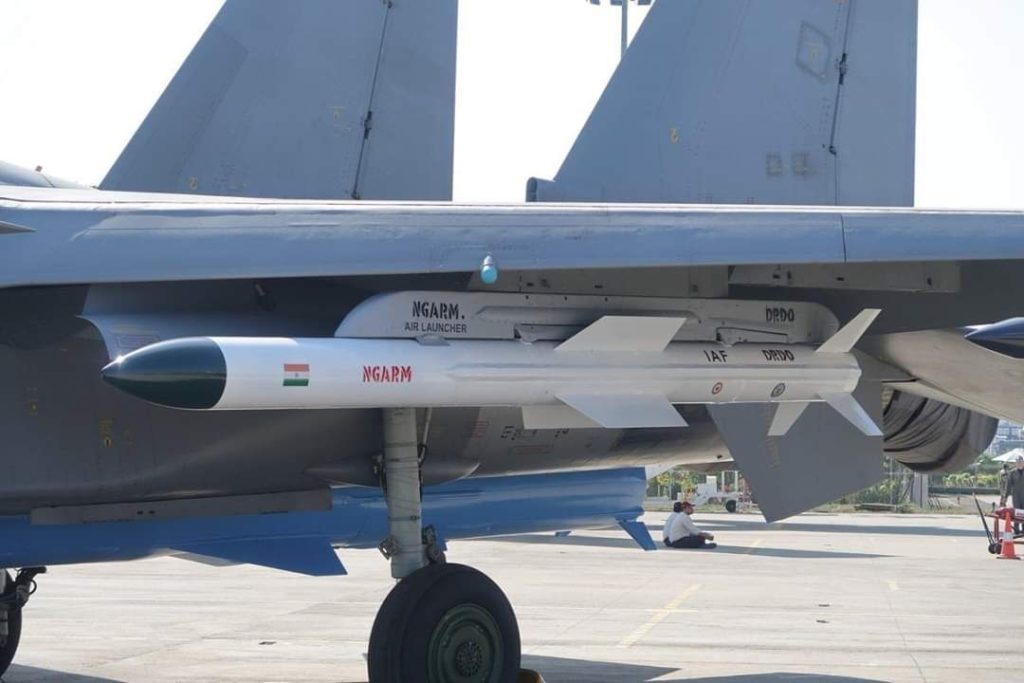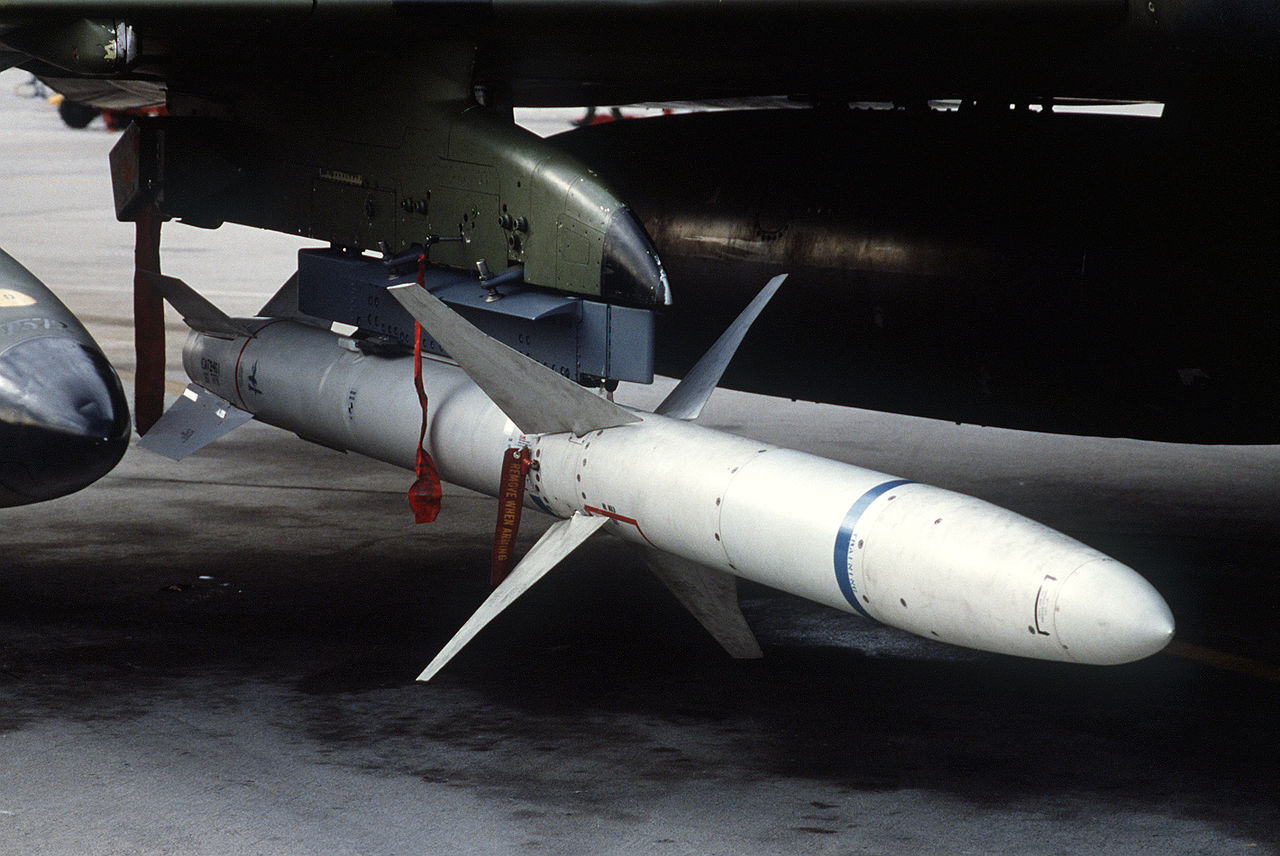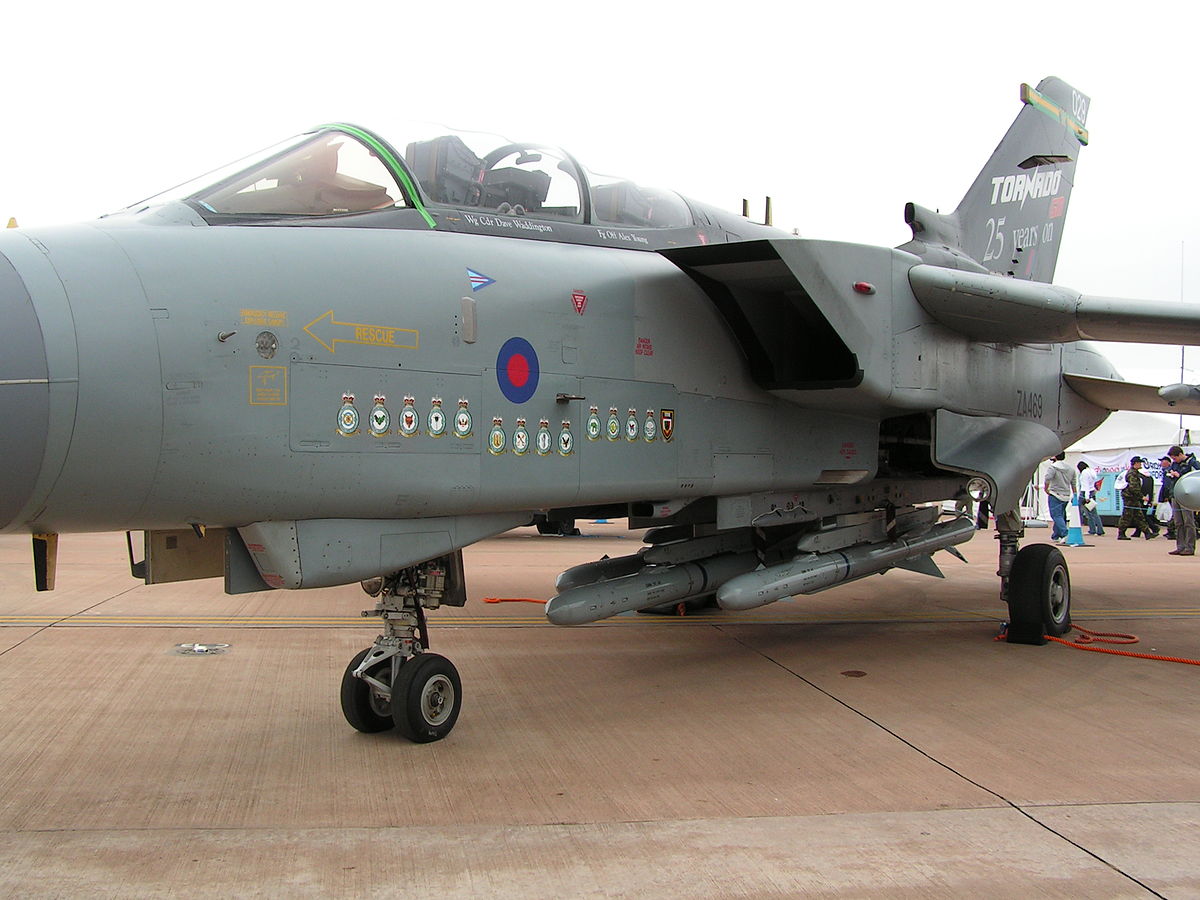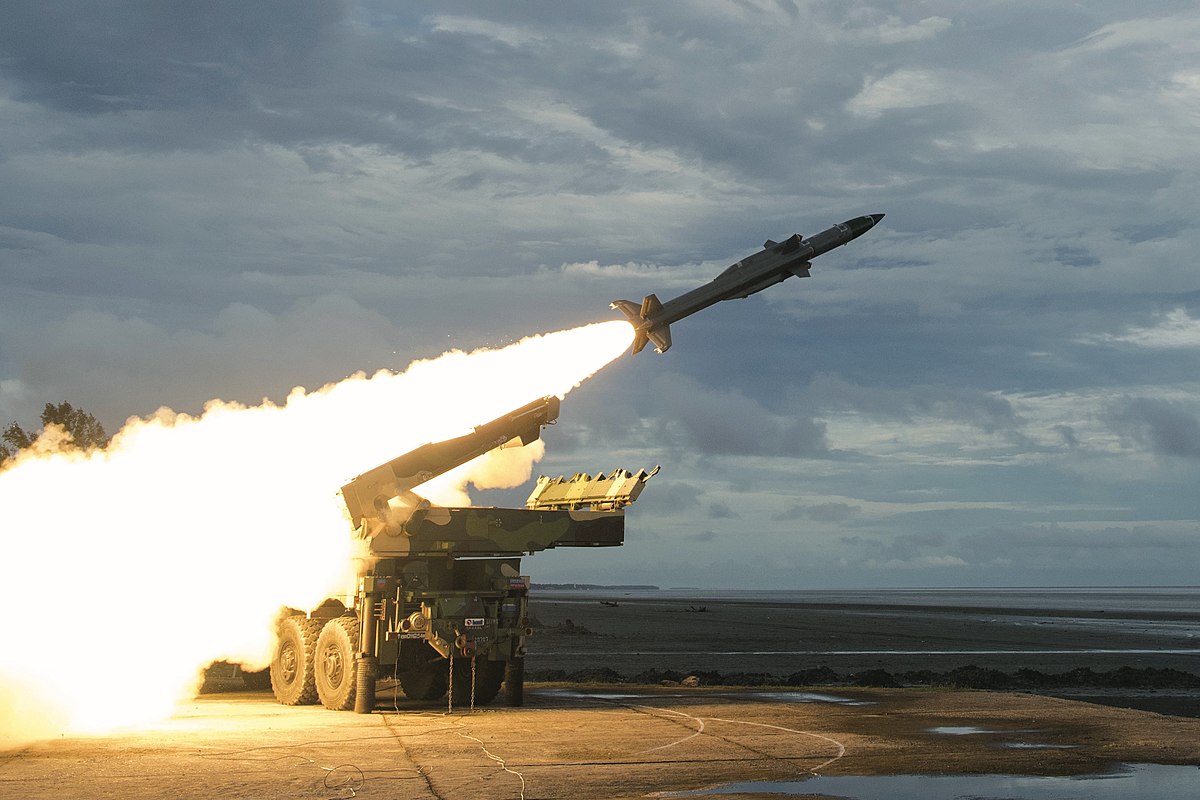
India conducted a successful test firing of an air-surface anti-radiation missile from a fighter jet, Su-30MKI. The Defence Research and Development Organization (DRDO) developed the New Generation Anti-Radiation Missile (NGARM) Known as RUDRAM (Remover of Sorrows), the nation’s first indigenous anti-radiation missile, for the Indian Air Force (IAF). A hostile radio emission source is the target of an anti-radiation missile (ARM), which is made to identify and target it. Usually, these are meant to be used against an enemy radar, but they can also be used to target communication radios and jammers. These missiles rely on an inertial navigation system and the satellite-based Global Positioning System (GPS) for navigation. The latter is a device that is computerized.
Key Features and Mechanisms:
Rudram employs a system capable of identifying, categorizing, and interacting with radio frequency sources throughout an extensive frequency range as guidance. We refer to this mechanism as a “passive homing head.” According to sources, even if the radiation source turns off in between, the Rudram missile can hit its target precisely once it latches on. Based on the fighter jet’s launch parameters, the missile is said to have an operating range of about 100 km.

The test of Rudram I took place in 2020.
The primary goal of the initial version, the Rudram-1 missile, is to suppress enemy air defenses (SEAD). Destroying enemy communication networks and observation radar stations with a 250 km operational range and a 2 Mach maximum speed—double the speed of sound—are part of this. The Su-30 MKI fighter aircraft was used to launch the long-range air-launched missile. By destroying radars, communication centers, and other radio frequency emitting targets, anti-radiation missiles are designed to weaken enemy air defense systems and prevent any intentions to deploy surface-to-air missiles.
Specifications
| Particulars | Description |
| Mass | 600 kg or 1,300 lb |
| Length | 5.5 m or 18 ft |
| Warhead | beforehand-fragmented warhead |
| Speed | 2 Mach |
| Range | more than 100 km |
| Flight elevation | 15 km to 0.5 km |
| Warhead weight | 60 kg or 130 lb |
| Mechanism for detonation | fuze with optical proximity |
| Precision | 5 m |
| Launch Platform | Sukhoi Su-30MKI, Dassault Mirage 2000, HAL Tejas Mk.1/1A, HAL Tejas Mk.2/MWF, SEPECAT Jaguar, MiG-29UPG |
| Type of fuel | Solid fuel |
| Directional System | With passive homing on the emitter, GPS/NavIC satellite guidance is added to the inertial navigation system. |
| Dual Engine | pulsating rocket engine |
Manufacturing
Bharat Dynamics Limited and Bharat Electronics Limited will work together to manufacture it. Adani Defense and Aerospace were also involved in the DRDO’s Development cum Production Partner initiative for mass production. Adani Defense and Aerospace will also produce the hypersonic version, Rudram-2, at its Hyderabad plant.
Notable Examples:
- AGM-88 HARM (High-speed Anti-Radiation Missile): Used by the United States and several NATO allies. Known for its high speed and effective range.

View of an AGM-88 HARM high-speed anti-radiation missile mounted beneath the wing of a 37th Tactical Fighter Wing F-4G Phantom II “Wild Weasel” aircraft located in George Air Force Base, California
- Kh-31P: A Russian ARM capable of high speeds and is used by various aircraft in the Russian Air Force.
- ALARM (Air-Launched Anti-Radiation Missile): Developed by the United Kingdom, featuring a unique loitering capability allowing it to hover over a target area before diving onto the radar source.

Photo: User:Dammit | Wikimedia Commons
Challenges and Countermeasures:
- Counter-ARM Tactics: Adversaries use tactics like radar shutdowns and decoy emitters to mislead or evade ARMs.
- Electronic Countermeasures: Use of electronic countermeasures (ECM) can reduce the effectiveness of ARMs, requiring continual advancements in missile technology.
Future Development
The Indian Air Force currently deploys anti-radiation Kh-31 R missiles, which are of Russian origin, alongside Su-30 aircraft. There are more ground-based anti-radiation missiles. While creating a distinct ground-based variant that will be launched from a mobile launcher, DRDO plans to implement additional software upgrades to handle a wider range of targets under varied operational scenarios. The 300-kilometer-range Rudram-2 and the 550-kilometer-range air-to-ground Rudram-3 are being developed by DRDO.

Photo: Defence Research and Development Organization (DRDO) | Wikimedia Commons
Conclusions
Future electronic warfare will heavily rely on the employment of anti-radiation missiles as “radar killers.” Those who become proficient with these weapons will be able to access “information systems” and exploit opportunities for combat. The performance of anti-radiation missiles will develop with science and technology, thereby posing a significant danger to radar existence. As a result, work will continue on developing active decoy technology that could effectively block anti-radiation missiles.
Written By:
Mr. Sandeep Juluru,
Assistant Professor
Department of Aero Engineering
Sandip University
Nashik Maharastra
